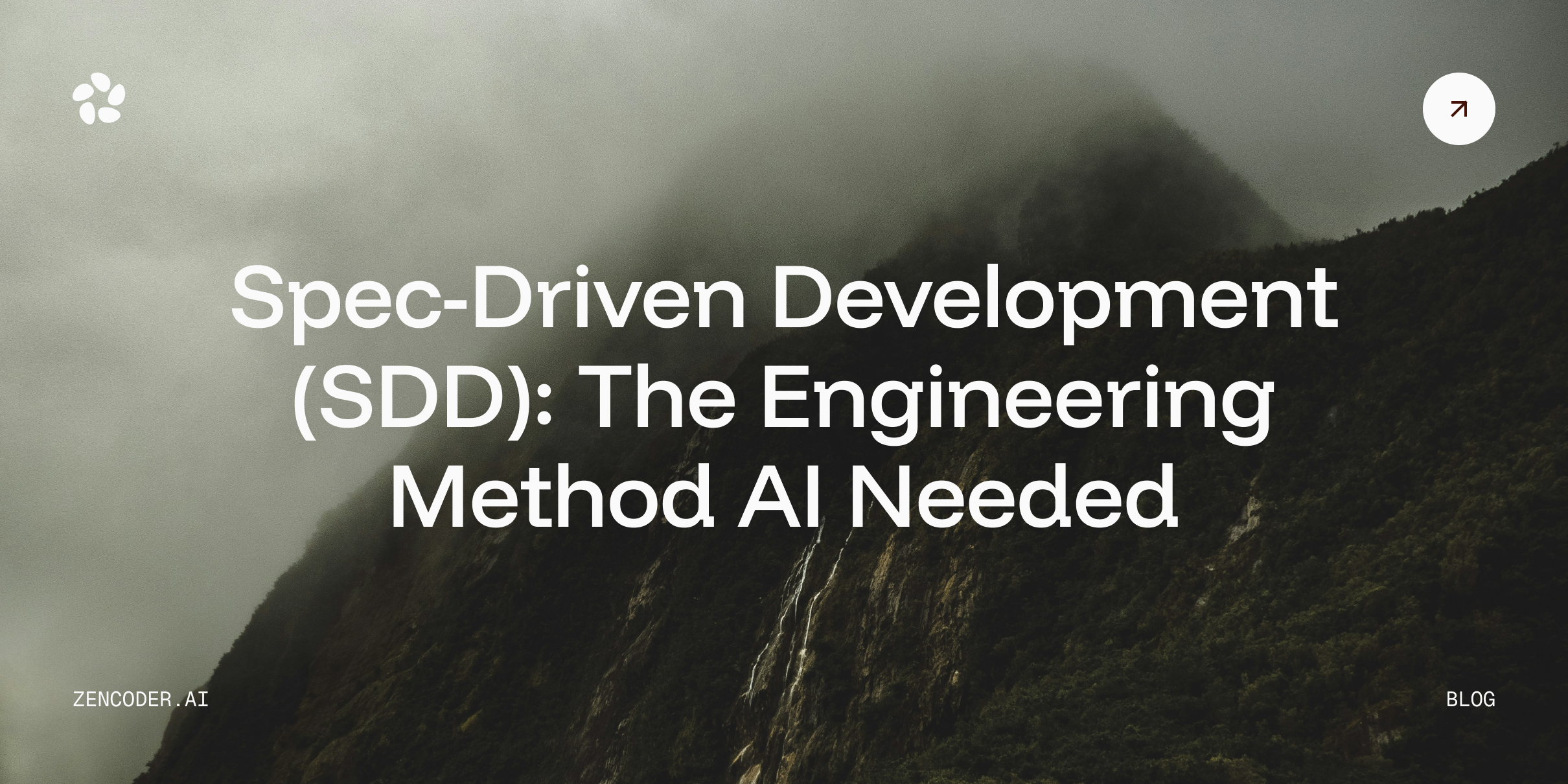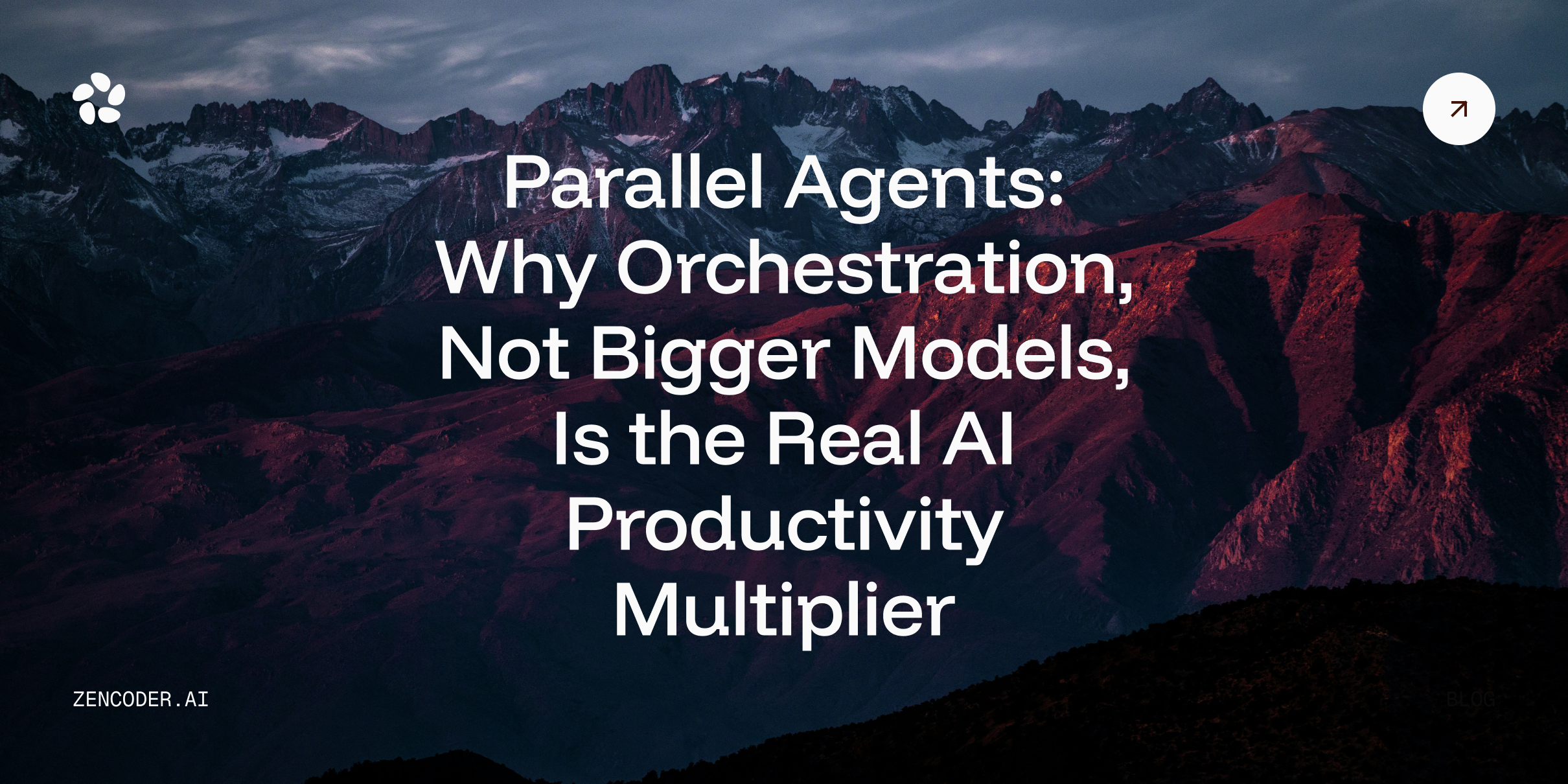In software development, every component must perform its part flawlessly to ensure applications do not break. But even if the database queries are lightning-fast and the UI components are pixel-perfect in isolation, the true test comes when the curtain rises and they must all work together. This is where the application's real value is judged: not in its individual parts, but in the seamless experience it delivers to the user. This is the domain of end-to-end testing.
Think of it as the final dress rehearsal for your application. It’s the one practice that simulates the real-world performance from start to finish, ensuring every actor hits their mark, every scene transition is smooth, and the entire production delivers on its promise. Without it, you risk deploying an application that suffers from the dreaded "it works on my machine" syndrome, leading to integration nightmares and last-minute panics that erode user trust and developer sanity.
While other testing methods focus on smaller pieces of the application, end-to-end testing validates the complete workflow, mimicking real user scenarios to verify that the entire system functions as a cohesive whole.
This guide will walk you through everything you need to know about end-to-end testing, from its foundational principles and strategic implementation to the AI-powered future that promises to make it more effective than ever.
Let’s dive in!
What is end-to-end testing?
End-to-end testing is a software testing methodology that validates an application's entire workflow from beginning to end. Its primary purpose is to simulate a complete user journey and verify that all integrated components are working as expected. This includes the user interface (UI), APIs, databases, network communications, and third-party services. It doesn't just check if a button works: it checks if clicking that button successfully triggers a cascade of events across the entire technology stack, resulting in the correct outcome for the user.
To truly grasp the concept, let's break down an example for an e-commerce application. A comprehensive end-to-end test wouldn't just "test the checkout." It would simulate the entire customer journey, step-by-step:
- Landing and discovery: The test begins by navigating to the application's homepage, verifying that it loads correctly.
- Search and filter: It then simulates a user typing "running shoes" into the search bar, executing the search, and verifying that a list of relevant products appears.
- Refining the search: The test proceeds to interact with filtering options, perhaps selecting a specific brand and size, and confirms the product list updates accordingly.
- Product selection: It clicks on a specific product to navigate to the product detail page, checking that all information—images, description, price—is displayed correctly.
- Adding to cart: The user adds the item to the shopping cart. The test verifies that the cart icon updates to reflect the new item.
- Cart verification: It navigates to the cart page, confirming that the correct item, quantity, and price are listed.
- Checkout process: The test initiates the checkout, fills in shipping and billing information, and selects a shipping method.
- Payment integration: It enters test payment credentials and submits the order, verifying the interaction with the third-party payment gateway.
- Order confirmation: Upon success, it confirms that an order confirmation page is displayed with a unique order ID.
- Backend and communication: In the background, the test asserts that the order was correctly written to the database, the inventory was updated, and a confirmation email was dispatched through an email service.
This test validates the UI, the backend business logic, the database layer, and integrations with external services. This approach is critical for avoiding defects that only emerge from the complex interplay of different system components, helping to prevent issues that could otherwise snowball into significant technical debt.
Why is End-to-End Testing Crucial for Modern Applications?
In an era dominated by microservices, cloud-native architectures, and complex API ecosystems, the importance of end-to-end testing has never been greater. It provides a critical layer of confidence that simply cannot be achieved with lower-level tests.
- Ensuring full system integrity: Modern applications are distributed systems. A user action on the frontend might trigger a chain reaction involving multiple microservices, each with its own database. End-to-end testing is the only way to verify this entire data and control flow, ensuring all subsystems communicate and behave correctly in concert.
- Accurately mimicking the user experience: Users don't care about your elegant code or your normalized database schema; they care about whether the application helps them achieve their goals. By replicating real-world user scenarios, end-to-end tests provide the most accurate assessment of the actual user experience, catching usability flaws and workflow bottlenecks that other testing types are blind to.
- Drastically reducing business risk: A single bug in a critical path, like user registration or payment processing, can have devastating consequences for a business. A robust end-to-end testing suite acts as a safety net, significantly reducing the risk of deploying a faulty product. Catching these critical bugs and defects before they reach production protects your revenue, reputation, and user trust.
- Building unshakeable confidence in releases: In a DevOps culture, the goal is to ship faster. End-to-end tests provide the confidence needed to do so without sacrificing quality. When the full suite of end-to-end tests passes within a CI/CD pipeline, the development team has a high degree of assurance that the application is stable and ready for deployment.
- Detecting environmental and configuration issues: Sometimes, the code is perfect, but the environment it's deployed in is not. End-to-end tests run in a production-like environment can uncover issues related to misconfigurations, network policies, permissions, or version mismatches between services that would be impossible to find when testing components in isolation.
End-to-End Testing in the Software Testing Spectrum
To use end-to-end testing effectively, it's essential to understand its place within the broader testing strategy, often visualized as the "Testing Pyramid."
- Unit tests (the foundation): These are numerous, fast, and cheap. They test individual functions or components in isolation. They form the wide base of the pyramid.
- Integration tests (the middle): These are fewer in number. They verify that different modules or services work together correctly. For example, testing if your service can successfully query the database.
- End-to-End tests (the peak): These are at the very top. They are few, slow, and expensive. They test the entire application from the user's perspective.
The pyramid shape illustrates a healthy balance: a large suite of unit tests provides a solid foundation, followed by a smaller set of integration tests, and capped by a highly-focused group of end-to-end tests that cover the most critical user journeys. Relying too heavily on end-to-end tests makes your test suite slow, brittle, and difficult to maintain.
Here is a larger overview:
|
Feature |
Unit Testing |
Integration Testing |
End-to-End Testing |
|
Scope |
A single function, method, or component. |
The interaction between two or more modules/services. |
An entire user workflow across the full application stack. |
|
Speed |
Milliseconds. Extremely fast. |
Seconds. Slower due to network/disk I/O. |
Minutes. Slowest due to browser automation and full system interaction. |
|
Cost |
Low to write and maintain. |
Medium. Requires more setup. |
High. Complex to write, debug, and maintain. |
|
Brittleness |
Low. Unaffected by changes elsewhere. |
Medium. Can break if an integrated module's contract changes. |
High. Can break due to minor UI changes, timing issues, or environment instability. |
|
Feedback Loop |
Instant. Run on every file save. |
Fast. Run on every commit. |
Slow. Often run before deployment or on a schedule. |
|
Environment |
Fully mocked. No external dependencies. |
Partially integrated, some services may be mocked. |
A complete, production-like environment. |
|
Purpose |
Verify algorithmic correctness. |
Verify contracts and interactions between components. |
Verify the user experience and overall system functionality. |
How to Implement an Effective End-to-End Testing Strategy
A successful end-to-end testing strategy is a disciplined, multi-stage process. It's not just about writing scripts; it's about thoughtful planning, robust design, and diligent maintenance.
Let’s discuss the steps you need to set it up.
Phase 1: Planning and design
This foundational phase sets the stage for your entire testing effort.
- Identify critical user journeys: You can't test everything. Work with product managers, business analysts, and support teams to identify the most critical workflows. Use analytics data to find the most common paths users take. Focus on "happy paths" that represent core business value first, then expand to important edge cases.
- Establish a test data management strategy: This is one of the biggest challenges. Tests need clean, predictable data. A test that fails because of bad data is a wasted effort. Consider your options:
- Database seeding: A script runs before the test suite to populate the database with a known set of data.
- API-driven setup: Use your application's own APIs to create the necessary data before each test or suite runs. This is often more resilient to database schema changes.
- State restoration: Use database snapshots to restore the database to a clean state before each run.
- Document test cases clearly: Use a standardized format like Gherkin (Given-When-Then) to describe test cases. This makes them understandable to both technical and non-technical stakeholders and serves as living documentation.
Phase 2: Environment and tool selection
With a plan in place, you can build the infrastructure.
- Create a dedicated test environment: Your test environment should mirror production as closely as possible. Use containerization tools like Docker and orchestration like Kubernetes to ensure consistency in operating systems, dependency versions, and network configurations.
- Handle third-party dependencies: Your application likely relies on external services (e.g., Stripe for payments, Auth0 for login). You must decide whether to use their provided sandbox environments (more realistic) or to mock these services (faster and more reliable).
- Choose the right framework: The tool you choose will have a major impact on your team's productivity.
- Cypress: A modern, all-in-one framework loved by developers for its excellent debugging tools (like time-traveling through test steps) and fast execution. It is, however, limited to JavaScript/TypeScript.
- Playwright: Microsoft's powerful alternative to Cypress. It offers true cross-browser testing (Chromium, Firefox, WebKit), supports multiple languages (JS/TS, Python, Java, .NET), and has excellent features for handling modern web applications.
- Selenium: The long-standing industry standard. It's incredibly powerful and supports nearly every language, but it can be more complex to set up, and its tests can be more prone to flakiness if not written carefully.
Phase 3: Writing and maintaining robust tests
This is where the rubber meets the road. Writing good tests is an art.
- Use the Page Object Model (POM): This design pattern is essential for maintainability. Instead of putting UI selectors directly in your test logic, you create classes (Page Objects) that represent pages or components in your app. These classes contain the selectors and methods to interact with that page. When the UI changes, you only have to update the Page Object, not every test that uses it.
- Write resilient selectors: Avoid relying on brittle selectors like dynamic CSS classes or full XPaths. The best practice is to add dedicated test attributes to your HTML, like
data-testid="submit-button". This decouples your tests from styling and structure, making them far more stable. - Handle asynchronicity gracefully: Modern web apps are highly asynchronous. Never use fixed waits like
sleep(5000). This is a primary cause of flaky tests. Instead, use your framework's built-in mechanisms for waiting for elements to be visible, clickable, or for network requests to complete. - Isolate Tests: Each test should be able to run independently and in any order. Tests should not depend on the state left behind by a previous test. Always clean up after your tests, deleting any data you created.
Phase 4: Execution, integration, and analysis
Your tests are only valuable if they run consistently and provide clear feedback.
- Integrate with your CI/CD pipeline: Your end-to-end test suite should be a quality gate in your deployment process. Configure it to run automatically on every pull request or before any deployment to production.
- Run tests in parallel: End-to-end tests are slow. To get faster feedback, configure your test runner to execute tests in parallel across multiple machines or containers. This can reduce a 40-minute test run to under 10 minutes.
- Implement rich reporting: When a test fails, you need to know why, quickly. Configure your reporting tools to capture screenshots, videos, and browser console logs for every failed test. This dramatically reduces the time spent on debugging.
The Future is AI-Powered: End-to-End Testing with Zentester
Even with the best practices, managing a large end-to-end test suite is a significant challenge. The manual effort required for test creation and the constant maintenance burden are major bottlenecks. This is precisely where AI-powered software testing is revolutionizing the field, addressing the most painful aspects of the process.
AI-powered tools can analyze an application to automatically generate test scripts, use visual analysis to create more resilient tests, and even self-heal tests when the UI changes. At Zencoder, we are at the forefront of this evolution. We recently introduced Zentester, our AI-powered end-to-end testing solution with visual intelligence. It's designed to tackle these challenges head-on, streamlining the entire testing lifecycle and allowing teams to build more reliable test suites with a fraction of the effort. By understanding the application visually, like a human user, Zentester helps ensure that poor code quality never slows you down.
Conclusion
End-to-end testing is not just another step in the development process; it is a strategic commitment to quality. It is the ultimate validation that your software delivers a seamless, reliable, and valuable experience to your users.
While the investment in planning, tooling, and maintenance is significant, the confidence it provides is invaluable. It empowers teams to innovate and deploy faster, secure in the knowledge that a robust safety net is in place.
Try out Zencoder and share your experience by leaving a comment below. Don’t forget to subscribe to Zencoder to stay informed about the latest AI-driven strategies for improving



